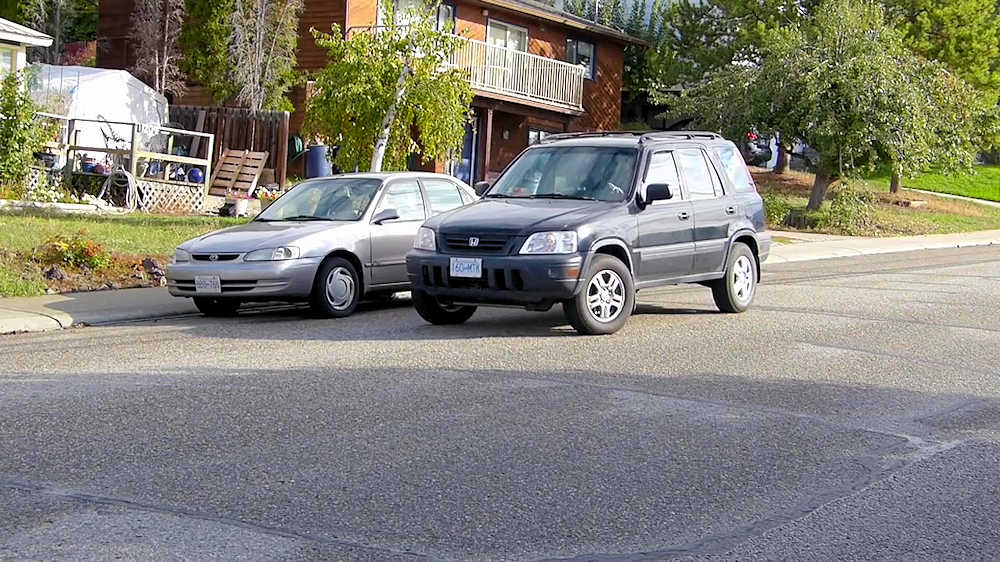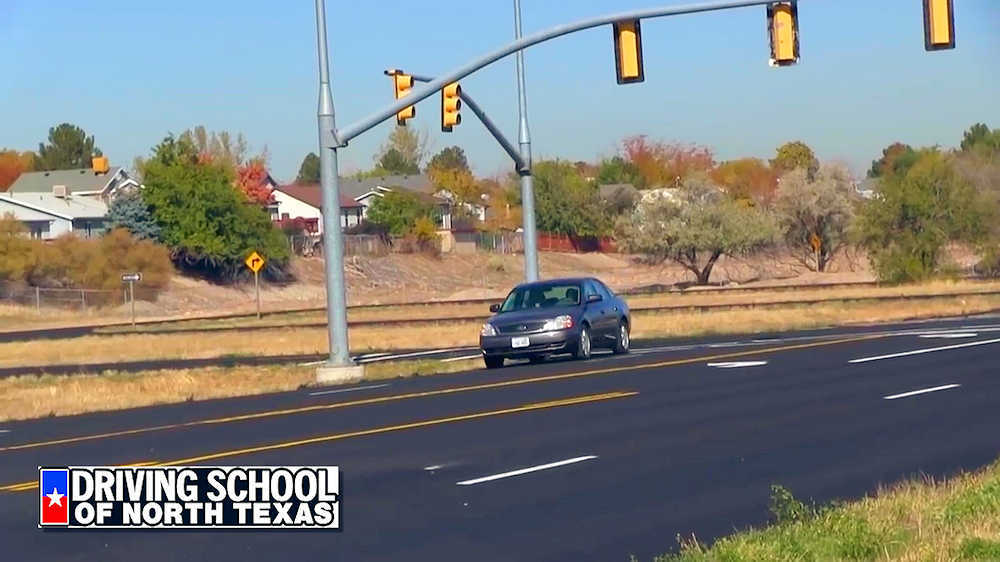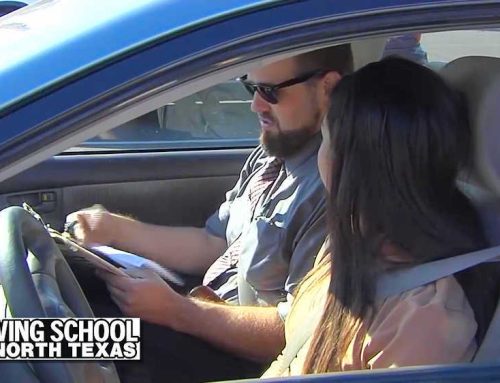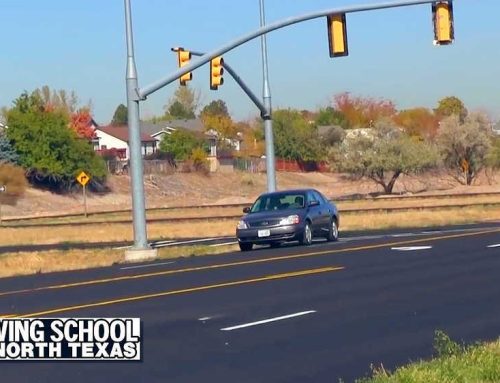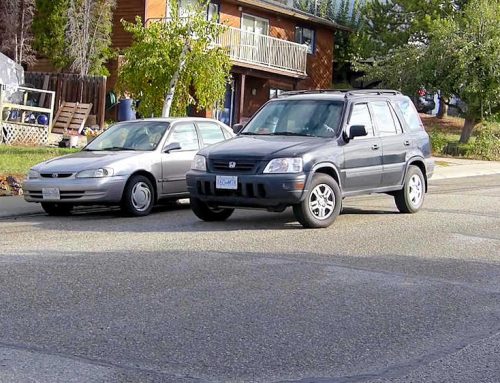Table of contents
You’ve decided it’s time to learn how to drive, but you might be feeling a little overwhelmed about where to start. Don’t worry – we’re here to help you navigate the world of driving schools and get you on the road as quickly and safely as possible! In this article, we’ll cover everything from choosing the right driving school for you, what to expect during your first lesson, mastering the rules of the road, preparing for exams, and building confidence behind the wheel.
We know that learning to drive can seem daunting at first, but with our comprehensive guide in hand, you’ll be well-prepared for every aspect of your journey toward becoming a licensed driver. By addressing common concerns and answering frequently asked questions about driving schools and lessons, we aim to put your mind at ease so you can focus on developing your skills and enjoying your newfound freedom. So buckle up as we take you through everything you need to know about driving schools!
Key Takeaways

- Select a driving school with proper accreditation and qualified instructors, and consider factors such as pricing, scheduling, and online courses.
- Practice makes perfect when it comes to building confidence behind the wheel, and written exam strategies and study resources are essential for success.
- Mastering the rules of the road involves understanding various aspects such as lane discipline, traffic signals, and pedestrian safety, and situational awareness is crucial when combining fundamental skills in real-world scenarios.
- To pass the practical exam, it is important to avoid common mistakes, familiarize yourself with local driving test requirements, practice consistently, build confidence and patience, and prepare diligently for unique aspects of the exam in your area.
Choosing the Right Driving School
When you’re choosing the right driving school, it’s crucial to not just judge a book by its cover, but rather dive deeper into the curriculum and instructors’ qualifications for a safe and effective learning experience. School accreditation should be one of your top priorities since this guarantees that the school meets or exceeds minimum standards set by regulatory bodies. Additionally, inquire about instructor qualifications to ensure they have the necessary experience and certifications to teach you proper driving techniques.
Apart from accreditation and qualifications, consider factors such as lesson pricing, flexible scheduling, and online courses when selecting a driving school. Comparing prices among different schools can help you find one within your budget without compromising on quality. Flexible scheduling is essential if you have a busy lifestyle – make sure the school can accommodate your needs. Moreover, online courses may be beneficial if you prefer learning at your own pace or have limited access to in-person lessons.
As you finalize your decision on which driving school fits your needs best, remember that finding a balance between all these factors is key for an optimal learning experience. Once you’ve made an informed choice, prepare yourself for what comes next: diving into the world of driving during your first lesson. This will include getting comfortable with the vehicle controls and understanding basic traffic rules as you embark on this exciting journey towards becoming a skilled driver.
What to Expect During Your First Lesson
During your initial lesson, you’ll likely feel a mix of excitement and nerves as you start learning the ropes of operating a vehicle. It’s completely normal to experience these initial nerves, but remember that your instructor is there to help guide you through this process. Building a rapport with your instructor will be crucial for both parties to communicate effectively, making it easier for them to understand your needs and teach you in the most efficient way possible.
- Vehicle familiarization: Your first lesson will focus on getting comfortable with the car itself – understanding its features, controls, and how to adjust everything properly for your comfort and safety.
- Essential maneuvers: You’ll also be introduced to some basic driving techniques like starting and stopping the car, steering, signaling turns, changing lanes, and maintaining proper speed control.
- Communication skills: Throughout the lesson, learn how to develop effective communication skills with your instructor so that they can better assess your progress and provide valuable feedback.
| BOOK YOUR DRIVING CLASS TODAY! |
| Driving School of North Texas |
As you progress through each of these areas during your first lesson, keep in mind that practice makes perfect. Don’t worry if certain maneuvers don’t come naturally right away; take it one step at a time while building confidence behind the wheel. The goal is not only mastering essential driving techniques but also developing safe habits that will last throughout your time on the road. With patience and perseverance on both ends – yours as well as from an experienced instructor – soon enough tackling more advanced topics such as navigating through intersections or parking won’t seem daunting anymore! Next up: preparing for success when navigating the written exam.
Navigating the Written Exam

Navigating the written exam can be a bit intimidating, but with proper preparation and study, you’ll find it’s not as challenging as it may initially seem. Exam strategies and study resources are essential in helping you to succeed during this aspect of your driving education. Additionally, learning how to manage test anxiety will enable you to approach the exam with confidence.
When studying for the written exam, it’s important to familiarize yourself with different question formats and know what types of questions to expect. Here’s a quick breakdown of some common question formats:
| Question Format | Example | Strategy |
|---|---|---|
| Multiple Choice | What is the speed limit in a residential area? A) 15 mph B) 25 mph C) 50 mph D) 35 mph | Identify keywords in both the question and answer choices before selecting your response. |
| True or False | Pedestrians always have the right of way: True or False? | Look for qualifiers like “always”or “never,”as these can often indicate false statements. |
| Fill-in-the-blank | When parking uphill on a street with a curb, turn your wheels _. (away from/toward) the curb. | Pay attention to context clues within the sentence that may help guide your answer choice. |
In case you don’t pass on your first attempt, remember that retaking exams is usually permitted after waiting for a specified period of time and potentially paying any required retest fees. Your goal should be focused on mastering all aspects of driving knowledge so that when you do pass, it will be because you’ve developed an excellent foundation for safe driving practices.
It’s crucial not only to focus on passing the written exam but also thoroughly understanding its content because next comes mastering the rules of the road while behind-the-wheel training sessions commence.
Mastering the Rules of the Road
Mastering the rules of the road is like learning a new dance; it’s essential to understand each step and move in harmony with your surroundings to ensure a smooth and safe performance. Begin by familiarizing yourself with lane discipline, roundabout navigation, traffic signals, merging techniques, and pedestrian safety. Study your local driving handbook thoroughly and practice applying these principles during your behind-the-wheel training sessions.
To improve lane discipline, always remember to signal before changing lanes or turning, maintain a safe distance from other vehicles, and adhere to posted speed limits. Roundabout navigation can be tricky but becomes easier when you yield to oncoming traffic, choose the correct lane based on your intended exit, and signal appropriately. Familiarize yourself with various traffic signals – not just red, yellow, and green lights – but also pedestrian crossings, stop signs, and other roadway markers that dictate right-of-way rules. Merging techniques play a crucial role in maintaining smooth traffic flow; practice accelerating smoothly onto highways while being mindful of other drivers’ blind spots.
Aside from mastering these fundamental skills individually, it’s crucial to develop situational awareness when combining them in real-world scenarios. Pay careful attention during your driving lessons as you encounter different situations involving pedestrians or cyclists sharing the road with you. By perfecting these aspects of driving etiquette now, you’ll be better prepared for the road test portion of your driver’s license exam – which we will discuss further in our next section about avoiding common road test mistakes.
Avoiding Common Road Test Mistakes

As you prepare for the big day, it’s essential to be aware of common road test mistakes and learn how to avoid them, ensuring a successful performance behind the wheel. One aspect of mistake prevention is managing test day jitters. Feeling nervous on your driving exam day is normal, but excessive anxiety can lead to errors that may result in a failed test. To keep your nerves in check, practice deep breathing exercises before the exam and remind yourself of your training and capabilities.
Some common mistakes during road tests include improper signaling and parallel parking woes. To avoid these issues, always remember to signal appropriately when changing lanes or turning – not too early or late – and always check your mirrors and blind spots before making any moves. For parallel parking, practice as much as possible beforehand so you feel comfortable executing this maneuver under pressure. Speed management is another crucial component; maintain a safe speed throughout the test while adhering to posted limits, traffic conditions, and weather factors.
| BOOK YOUR DRIVING CLASS TODAY! |
| Driving School of North Texas |
Taking these measures can help you steer clear of typical road test pitfalls while increasing your chances of passing with flying colors. Don’t forget that consistent practice leads to improved driving skills and confidence behind the wheel. With diligent preparation in place, you’ll be well-equipped to tackle any obstacles presented during your practical exam while paving the way towards earning that coveted driver’s license!
Preparing for the Practical Exam
Now that you’re aware of common road test mistakes to avoid, let’s focus on preparing for the practical exam. This is your chance to demonstrate your driving skills and knowledge of traffic laws. To ensure you’re fully prepared, practice various driving maneuvers, such as parallel parking, roundabout navigation, freeway merging, reversing techniques, and emergency stops. The more comfortable you are with these tasks, the better you’ll perform during the actual test.
While practicing these maneuvers is essential, it’s also important to familiarize yourself with the specific requirements and expectations of your local driving test. Research online or consult with a driving instructor about any unique aspects of the practical exam in your area. This might include certain routes or specific traffic conditions that are commonly featured in the test. Knowing what to expect will help reduce nerves on test day.
Throughout your preparation for the practical exam – whether it be mastering parallel parking or navigating roundabouts – always remember that consistency is key. Practicing regularly will not only improve your technical skills but also build confidence behind the wheel. By feeling confident in your abilities and understanding what’s expected of you during the practical exam, you’ll be well on your way to passing with flying colors. In our next section, we’ll discuss tips and strategies for building even more confidence while driving.
Building Confidence Behind the Wheel
Feeling confident behind the wheel is like having a secret weapon in your arsenal when it comes to acing your driving test. Boosting self-assurance and overcoming anxiety are crucial aspects of becoming a skilled driver. One way to build confidence is by developing safe driving habits, which can be achieved through practice and guidance from an experienced instructor.
- Visualize yourself as a calm, focused driver who manages distractions with ease:
- Picture your hands firmly gripping the steering wheel while maintaining control
- Imagine navigating through traffic with precision and practicing patience when faced with unpredictable situations
By consistently practicing these positive mental images, you’re training your mind to stay focused on the road and make better decisions while driving. Another key aspect of building confidence is getting accustomed to various road conditions and scenarios. Spend time driving during different times of day, weather conditions, and types of roads to become more comfortable in any situation. Additionally, always remind yourself that every driver was once a beginner; mistakes are expected but use them as opportunities for growth.
Building confidence behind the wheel may take some time, but it’s essential for becoming a responsible and skilled driver. By continuously practicing safe driving habits and managing distractions effectively, you’ll gradually overcome any anxiety or nervousness you may experience on the road. Trust in your abilities, practice patience, and remember that even experienced drivers continue learning throughout their lifetime – it’s all part of the journey towards mastering the art of driving.

Frequently Asked Questions
How can I manage driving anxiety or fear during my driving lessons?
Overcoming your phobia starts with breath control and positive visualization. Build a strong instructor rapport and gradually expose yourself to various driving situations. Remember, practice helps conquer driving anxiety or fear.
Are there any specific techniques or tips for driving in adverse weather conditions?
Imagine ice skating on a slippery road: you need control. Master fog navigation, use snow tires, follow windy condition tips, and prevent hydroplaning. Just like skating, practice makes perfect in adverse weather driving.
What is the best way to maintain focus and concentration during long drives?
To maintain focus on long drives, practice mental exercises, take regular break intervals, and listen to engaging podcasts. Keep healthy snacks handy and ensure comfortable seating for increased concentration.
How can I improve my defensive driving skills to ensure a safe driving experience?
To improve your defensive driving skills, practice skid control, emergency braking, and proper vehicle spacing. Always scan the road ahead and merge safely to ensure a secure driving experience for all involved.
Can you provide any guidance on eco-friendly driving practices to reduce fuel consumption and emissions?
To go green, practice eco-friendly acceleration, optimal gear shifting, and follow vehicle maintenance tips. Plan your routes smartly and utilize cruise control benefits for reduced fuel consumption and emissions.
Conclusion
In conclusion, don’t underestimate the importance of choosing the right driving school and preparing well for both exams. Remember, according to a study by AAA Foundation for Traffic Safety, new drivers are 50% more likely to be involved in a crash within their first month of unsupervised driving.
So take your time, practice diligently, and soon you’ll be confidently navigating the roads as a safe and responsible driver. Good luck on your journey!
| BOOK YOUR DRIVING CLASS TODAY! |
| Driving School of North Texas |
And that’s the end of the road for this post! But the road to your driving expertise is wide open with Driving School Of North Texas. With our innovative teaching methods, experienced instructors, and state-of-the-art facilities in McKinney, East and West Frisco, and Allen, TX, your driving skills will go from basic to proficient in no time. To steer your driving education in the right direction, give us a call at 214-504-9292 or visit DrivingSchoolOfNorthTexas.com to schedule your next class. Take control, buckle up, and let us guide you on your journey to driving excellence.
Contact us at either of 4 convenient locations:
Driving School of North Texas
204 N. Greenville #300
In the CiCi’s Pizza Center
Allen, Texas 75002
214-383-9795
https://goo.gl/maps/fjZfRkMFqv2UPsjj9
Driving School of North Texas
6449 Coit Road #114
South of Centennial High
School Frisco, Texas 75035
469-633-7110
https://goo.gl/maps/6NwoSzp3AXJkbyacA
Driving School of North Texas
4433 Punjab Way #401
Frisco, Texas 75033
214-705-9959
https://goo.gl/maps/kEdTkLsVfwfa3ke39
Driving School of North Texas
4900 Eldorado, #132
McKinney, Texas 75070
214-504-9292
https://goo.gl/maps/Ls54fbeQi2JQMqrW6

